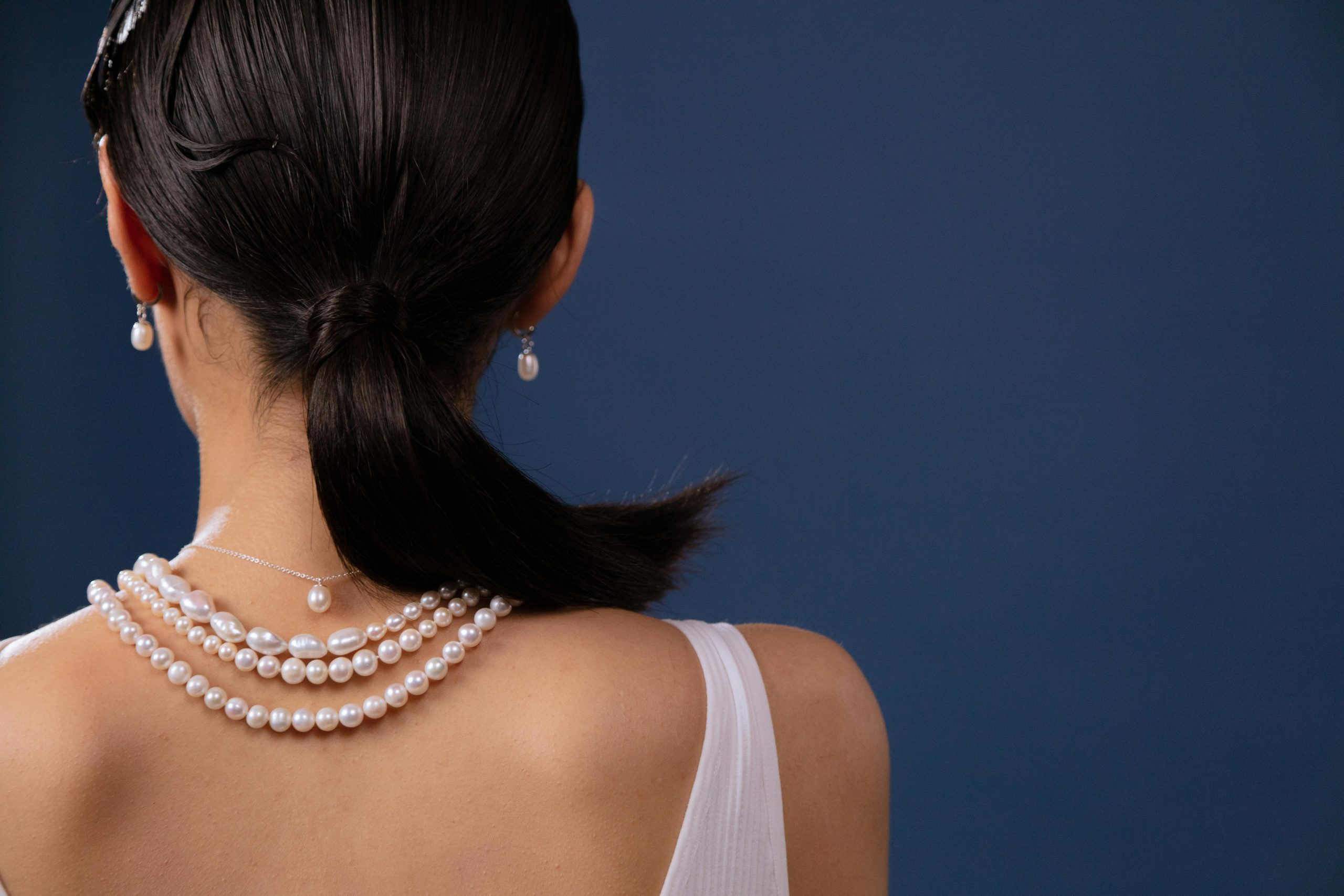Understanding the Nuances of Different Formal Dress Codes
Formal events and occasions require a specific level of dress and etiquette, but the rules and regulations of formal dress codes can often be confusing. With events ranging from black tie galas to business professional meetings, understanding the nuances of different formal dress codes is essential for making a good impression and avoiding any fashion faux pas. In this article, we will dive into the intricacies of formal dress codes and provide you with a comprehensive guide on how to dress appropriately for any formal occasion.
Black Tie
Black tie events are considered the most formal among all dress codes. Typically reserved for high-end events such as galas, charity balls, and weddings, black tie dress code calls for a traditional tuxedo for men and a floor-length formal gown for women. When it comes to a black tie dress code, elegance and sophistication are paramount. Men should opt for a black tuxedo with a black bow tie, while women can choose a long dress or a formal cocktail dress.
Black Tie Optional
Black tie optional, also known as “formal,” provides guests with a bit more flexibility in their attire. While a tuxedo is still the preferred option for men, they may also wear a formal dark suit and tie. For women, a long dress, dressy separates, or a dressy cocktail dress are all appropriate choices. While the dress code is less strict than black tie, it is still essential to dress in a way that reflects the formality of the event.
Cocktail Attire
Cocktail attire is typically seen at evening events that are less formal than black tie and black tie optional occasions. For men, a dark suit and tie are appropriate. While for women, a cocktail dress that falls just above or below the knee is the go-to choice. Cocktail dresses come in a variety of styles, from A-line to sheath dresses, so choose one that best suits your body type and personal style.
Business Professional
Business professional attire is the most formal dress code seen in office environments. This dress code usually applies to high-level executives, board meetings, and corporate events. For men, this means a dark suit with a matching tie. Women should opt for a skirt or pant suit with a blouse or a conservative dress. Keep in mind that this dress code calls for a more conservative and tailored look, so steer clear of loud patterns and bright colors.
Business Casual
Business casual is a step down from business professional and is seen in more relaxed office environments. It’s a dress code that allows for more individuality and personal style. For men, a suit is not required; a dress shirt and dress pants, khakis, or chinos with a belt is a suitable choice. Women can opt for dress pants or skirts paired with a blouse, cardigan, or professional dress. While business casual allows for more freedom, it’s still important to maintain a polished and put-together look.
Casual
A casual dress code is usually seen at more informal events or in laid-back work environments. Casual attire varies depending on the setting, but it typically includes jeans, t-shirts, and sneakers. Keep in mind, even though the dress code is casual, it’s essential to still dress appropriately and avoid anything too revealing or inappropriate.
Understanding Formal Dress Codes
In conclusion, understanding the nuances of different formal dress codes is crucial for dressing appropriately and showing respect for the event and its hosts. Always pay attention to the event details and dress accordingly, and when in doubt, it’s always better to be slightly overdressed than underdressed. Remember to adhere to the basic rules of formal dressing, which include avoiding anything overly revealing, ensuring your clothing is clean and well-fitted, and incorporating sophisticated and elegant pieces into your outfit. With this knowledge, you’ll be sure to make a lasting impression at any formal occasion.
Now that you have a better understanding of formal dress codes, you can confidently attend your next formal event knowing that your attire is appropriate and you’re ready to make a statement. Keep in mind, these dress codes are simply guidelines, and it’s always essential to use your judgment and personal style to create a look that reflects your unique personality. Remember to have fun and embrace the opportunity to dress up and show off your fashion sense in a sophisticated and elegant way.










